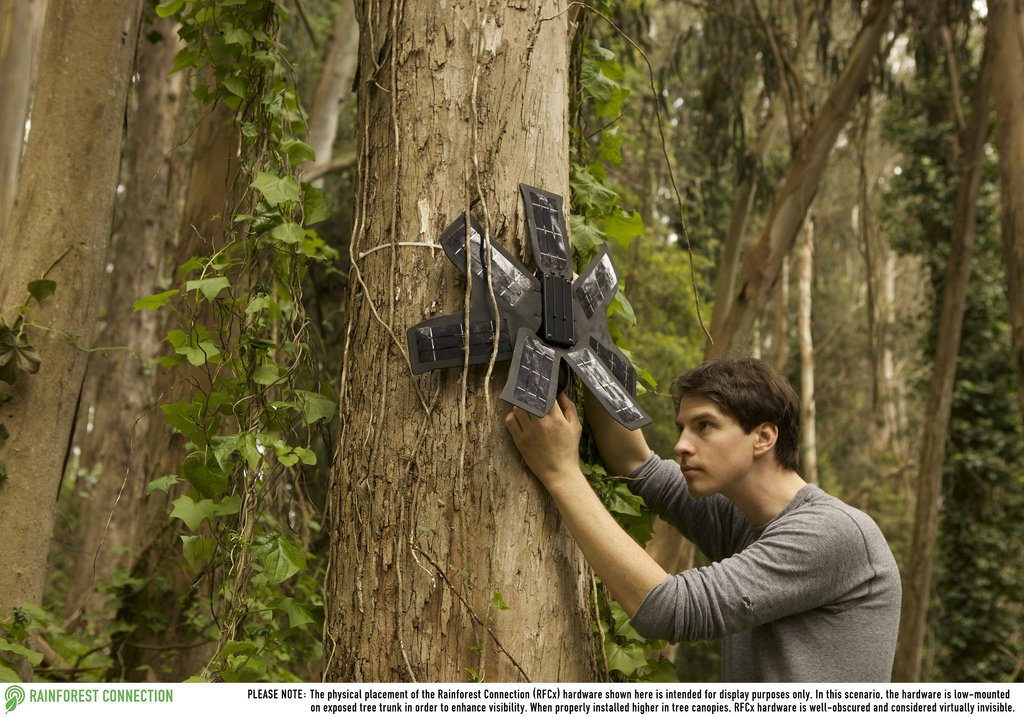
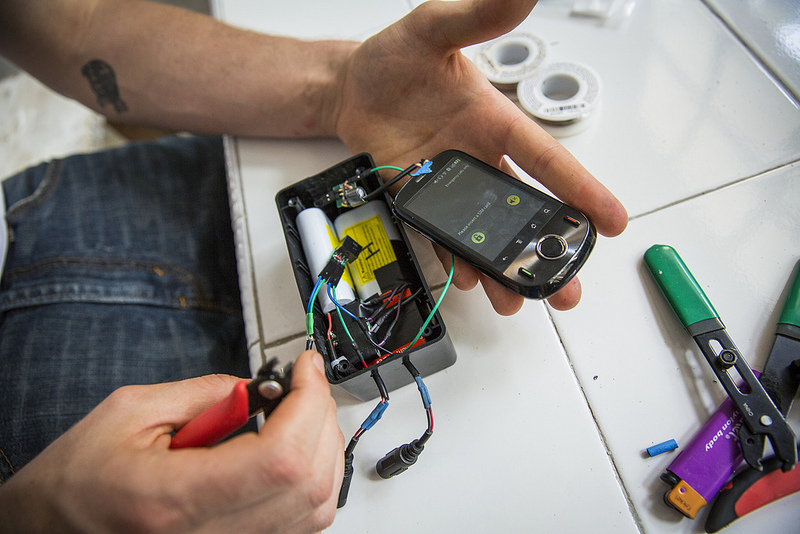
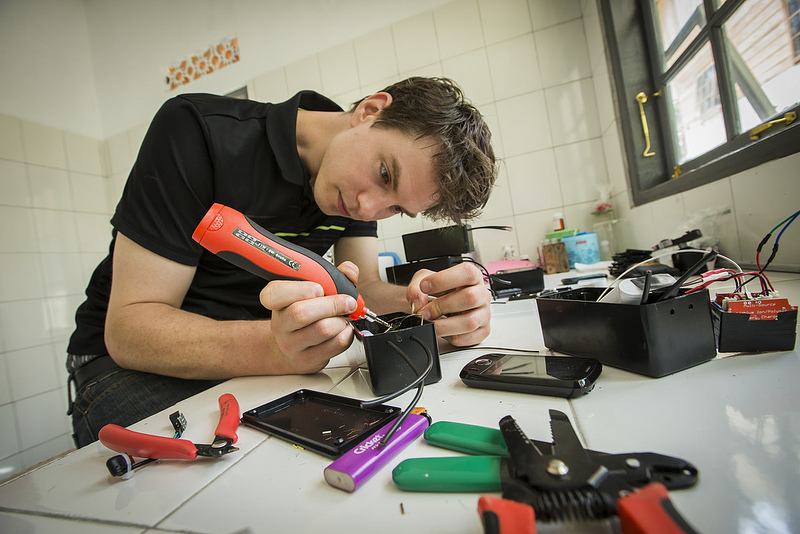
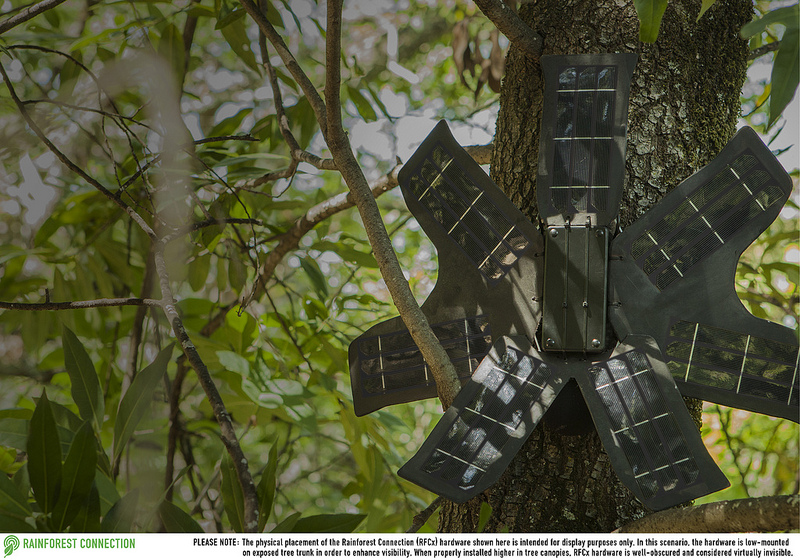
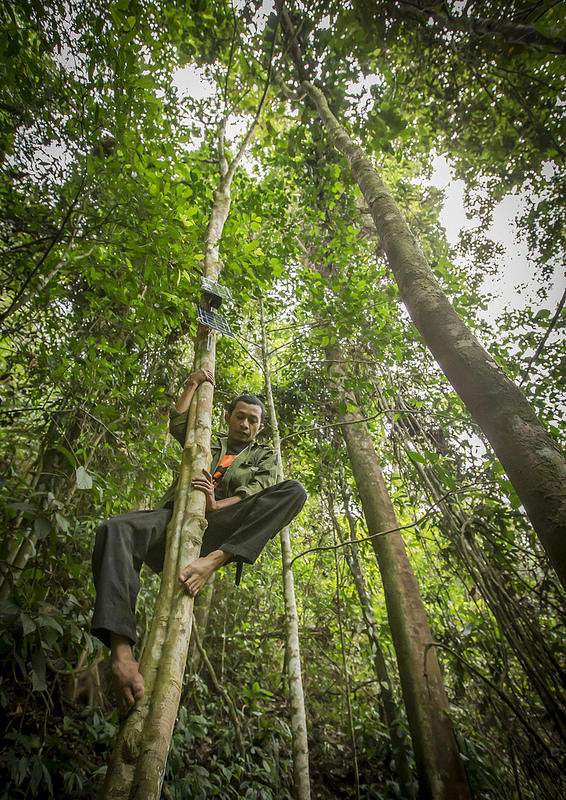
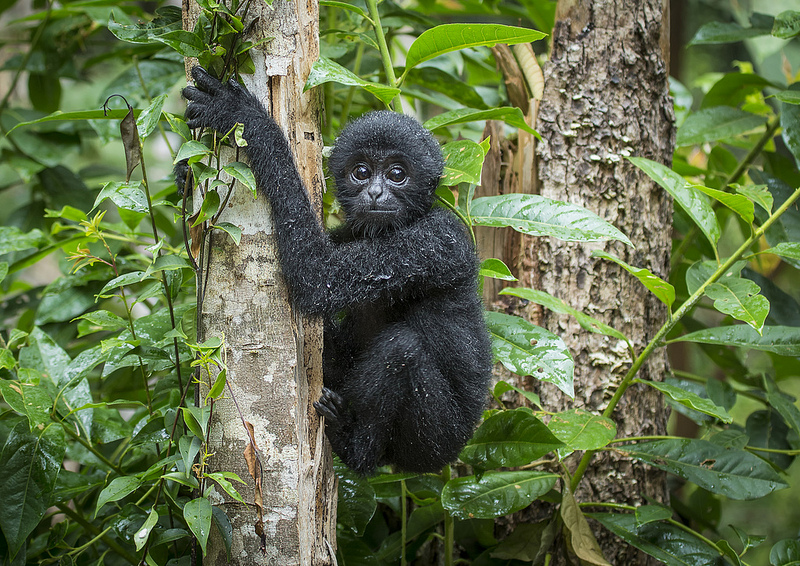
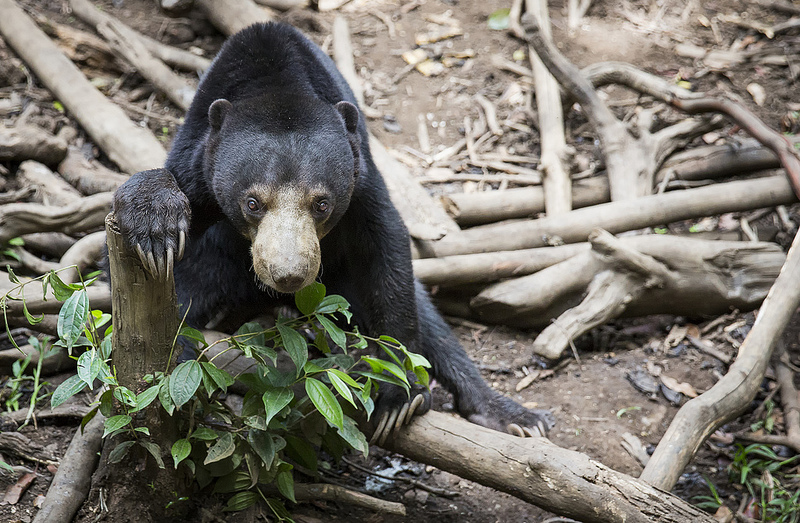
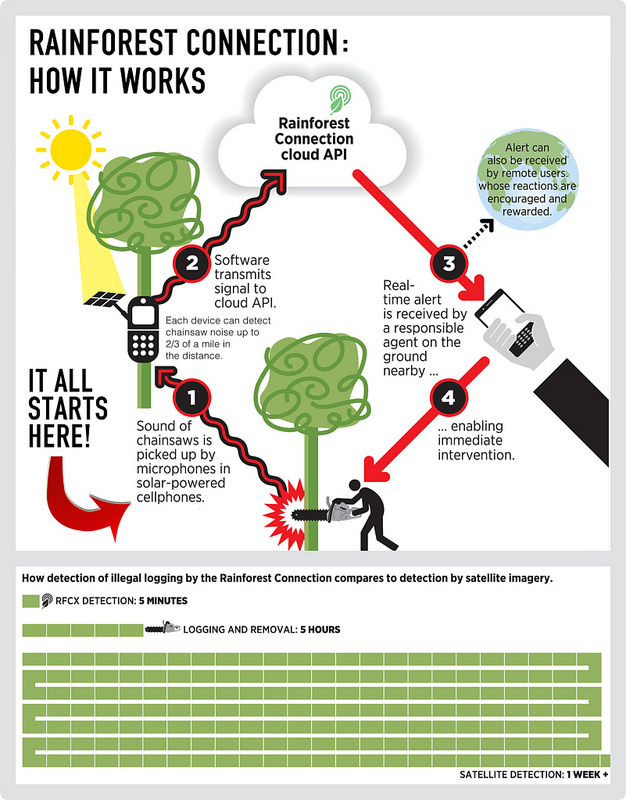
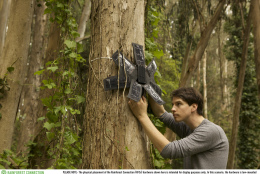
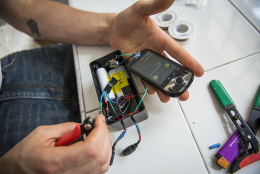
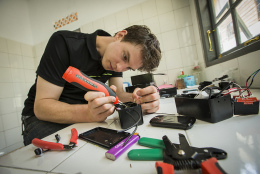
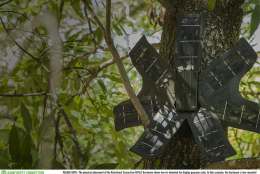
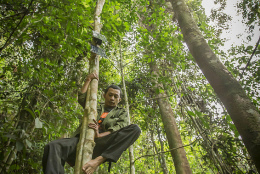
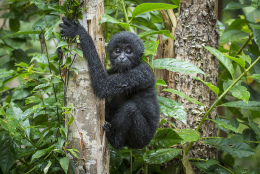

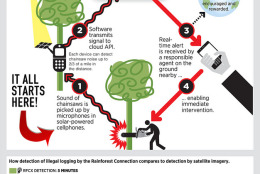
WASHINGTON — Recycled smartphones are being turned into detection devices to help protect endangered rainforests from illegal logging activity and animal poaching.
“We use old recycled smartphones that we put up in the trees to listen for the sounds of chainsaws, gunshots, and other noises,” says Topher White, co-founder of Rainforest Connection. “Then we’re able to send real-time alerts to authorities who are able to show up in time to actually stop it.”
Hidden in trees, the solar-powered Android devices send immediate notifications to local reserve managers, who are able to respond promptly enough to halt the illegal actions, says White.
Traditionally, most anti-deforestation efforts have revolved around satellites.
“While satellites are very useful in many ways, they tend to monitor the destruction too late,” says Dave Grennell, co-founder of Rainforest Connection. “You’ll get the images days or weeks after the destruction has happened.”
After testing the technology last summer in a nature conservation reserve for gibbons in West Sumatra, Indonesia, Rainforest Connection is in the midst of a Kickstarter crowdfunding effort to raise $100,000 to build enough devices to monitor up to 300 kilometers of rainforest in Brazil and equatorial Africa to protect endangered forest elephants and their habitats.
Turning old phones into detection devices
The recycled phones, which are hidden in the tree canopy, are the “brains” of the monitoring systems, which can detect destructive sounds almost a mile away.
“The devices have a phone at the core, but there’s also some solar panels; there’s a high-powered microphone, and there’s an enclosure that protects the phones for years at a time,” says White, a physicist, software engineer, and inventor of the device.
Grenell says the system works similarly to the “shot spotter” system used by many police departments, including in the District of Columbia.
“It’s basically the same idea,” says Grenell. “A shot goes off, and local police or officials are able to see on a map, in real time, where the shot came from, so they can go there.”
In addition to the phone, the system includes a high-powered microphone and a series of solar panels that surround the phone, storing solar power to supplement the phone’s battery.
The group says the devices are programmed to work on very minimal GSM converage, below the amount that a person needs to make a fully functional cell phone call. If coverage is light or intermittent, the devices store data and transfer it as soon as a connection is detected.
High yield for minimal investment
White and Grenell say the payoff in preserving the environment per device is substantially higher than other methods.
“They say ‘Change light bulbs,’ or, ‘Drive a hybrid’ — the impacts are quite small; it’s like taking one car off the road,” says Grenell. “One of these devices can take an equivalent of 3,000 cars off the road by protecting a square mile of rainforest.”
Musician and environmentalist Neil Young appears at the beginning of Rainforest Connection’s Kickstarter video.
“This technology enables the forest to talk to the world,” says Young. “When the forest is threatened, the forest can speak — and you can hear it.”
Grenell says Young “was pretty impressed by the prospect of large impacts for minimal investment.”
In its first crowdfunding effort, Grenell says the focus is raising money rather than amassing more donated phones.
“America gets rid of 150 million phones a year, according to the EPA,” says Grenell. “Being able to take our trash and turn it into something that’s recyclable and useful to a much bigger purpose is something we want to be a part of.”
Click on the video to see how how the Rainforest Connection system works:







